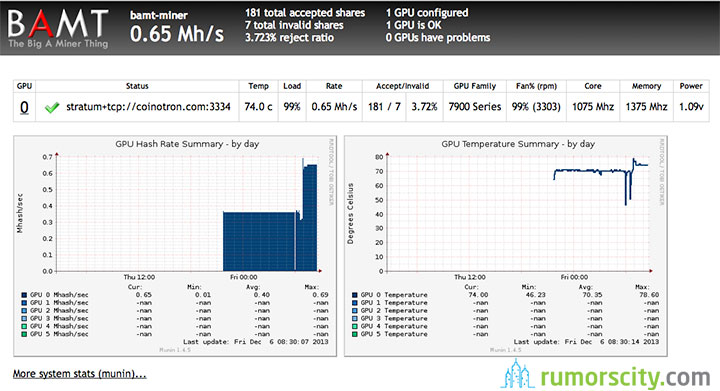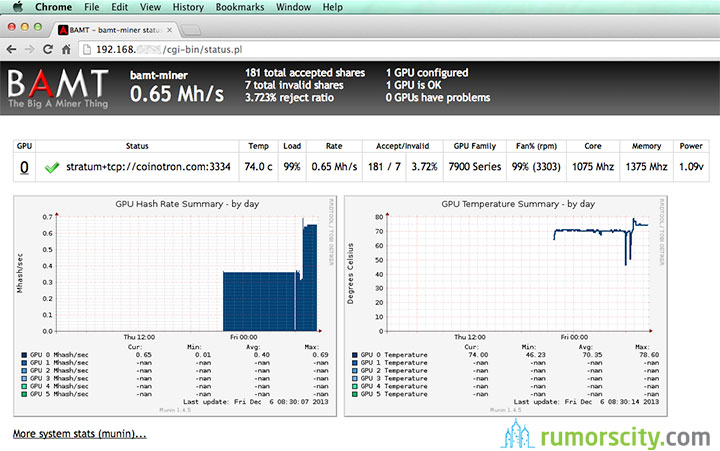The film release of Rush has kicked off an ongoing office debate once again…
Anyone watch
Rush last weekend? If not, we assume it was because you were at the Goodwood Revival and you’ll do so this weekend. And it’s appropriate, as Rush almost picks up the story where Goodwood signs off (all pre-1973 cars are banned from Lord March’s garden party).
If you were lucky enough to immerse yourself in both, you’ve probably found yourself in a nostalgic funk; was racing really so much better in the past than it is today? After all, in Singapore this weekend, does anyone not expect Sebastian Vettel to take another step to that fourth title, meaning that since 2000 just two men will have won nine titles between them?
F1 can at times feel like a bit of bore-fest, so here’s the thing; over the next week or so we’re going to take a look at all seven decades of racing (however truncated two of them might be) and ask you lot to tell us what’s your favourite decade of F1; the front-engined, ‘seat-belts-are-for-wimps’ 50s? The 1000bhp ‘close-your-eyes-and-hold-on’ 80s? Or the 70s, so recently brought back to life in Rush?
This correspondent grew up with 1970s F1 cars and learned object-permanence with a Corgi Lotus 72, so is a little biased. The 1970s were superb, thanks in no small part to the Ford Cosworth DFV engine, which combined with a Hewland gearbox gave F1 teams a basic kit of parts with which to start. The ‘double four valve’ three-litre V8 made F1 accessible to anyone with the cash and chutzpah (and many that had neither) from1967 to 1985, winning races in all but two of those years. But the 70s were its high-water mark.
While the DFV was not a control engine, it was a platform for talent, design innovation and driving ability. It was cheap and simple and, being fantastically reliable, largely forgettable. It wasn’t capricious, didn’t change characteristics from race to race and whether it was hot or cold you knew how it would behave. It allowed engineers and drivers to shine, much to the disgust of Enzo Ferrari. The DFV claimed 155 wins in over 260 races, red cars winning the bulk of the others, until turbocharging finally rendered the DFV uncompetitive.
Ferrari won three titles in the 1970s, two with Niki Lauda, one with Jody Sheckter, but the other seven were all won with Cosworth DFVs. Interestingly the other winners were Lotus (1970 with Jochen Rindt, 1972 with Emerson Fittpaldi and 1979 with Mario Andretti), McLaren (Hunt in ’76 and Emmo in ’74) and Tyrrell (twice with Jackie Stewart in ’71 and ’73). Tyrrell’s entry eventually became the team we know now as Mercedes, so F1 in the 1970s — like today — was all about Ferrari, McLaren, Lotus and Mercedes… give or take a Red Bull or two.
Only it wasn’t. The statistics show 13 teams winning races in the 70s (compared with eight in in the last ten years — depending on how you want to classify Honda/Brawn/Mercedes and Renault/Lotus). But what hypnotised young minds was not the stats, but the stories.
The 1976 World Championship, Hunt vs Lauda, the narrative of Rush, is the most told, but there were countless others. Human stories like Canadian gazillionaire Walter Wolf, who came in to F1 on the back of Hesketh, James Hunt’s original team and still F1’s most outré. Wolf lacked Hesketh’s charm but had more money. He spent big on drivers prepared to take a risk (Jody Sheckter) and engineers too (Harvey Postlethwaite — the Adrian Newey of his day), and challenged Niki Lauda and Ferrari for the title in 1977, his first season.
Or Brazilian superstar Emerson Fittipaldi: at the age of 28 he left McLaren – with whom he’d just won his second title in 1974 – to go and race for his brother and for his country, a downshift that effectively ended his career. Or the astonishing Lotus 79 ground effect car that ushered in the era of undercar aerodynamics we’re still exploring now, and took Indy 500 and Daytona 500 winner American Mario Andretti to the 1978 title.
Or the French Ligier team that built a better Lotus 79 than Lotus could did in 1979 and dominated — out of nowhere — the first two races of the season. Then there was the Austrian Grand Prix, which had an odd habit of throwing up winners who had never looked like winners before and never did again. Or just about everything Gordon Murray did at Brabham.
The Brabham team were the apogee of cool. The cars — whether in red or white, Cosworth-powered or Alfa-powered, Martini-stripes or not — were always the best-looking on the grid, thanks in part to the fact Murray had a young designer, Peter Stevens, do a proper job on the logos. Stevens would go to design the McLaren F1 for Murray. But also because Murray never, ever stopped pushing the envelope; wingless cars, surface-cooling cars, and the BT46 fan car all made their debut in the 70s, but never raced. In the 80s he kept going with lie-flat cars and in-race refuelling. If anyone could find the advantage in today’s tightly scripted rules it would be Murray.
But the ‘70s of course, were another terrible decade for accidents. No less than nine drivers lost their lives at F1 meetings between Jochen Rindt’s fatal accident at Monza in 1970 and Ronnie Pertersen’s eight years later at the same circuit.
After the crash which claimed the life of François Cervert at Watkins Glen in October 1973, Jackie Stewart would turn his back on racing the very next day. JYS apart, the accidents held few drivers and engineers back. However tragic, it’s hard to see that just not caring about anything other than winning is why the ‘70s will always been F1 greatest decade.
You agree? Argue your case below for your favourite decade, and we’ll be back tomorrow with the 1,000 bhp 1980s…


















